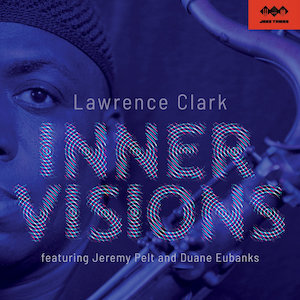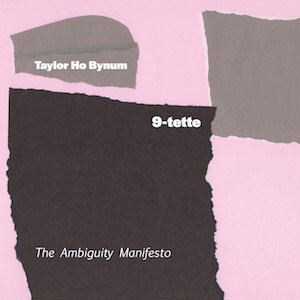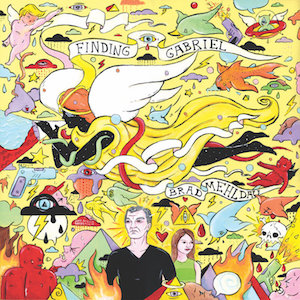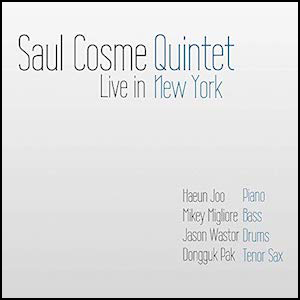Label: Jazz Tribes, 2019
Personnel - Lawrence Clark: tenor saxophone; Jeremy Pelt: trumpet; Duane Eubanks: trumpet; David Bryant: piano, fender rhodes; Joris Teepe: double bass; Darrell Green: drums.
Inner Visions is the second outing as a leader by Camden-bred, New York-based saxophonist Lawrence Clark, who pays homage to the great free jazz drummer Rashied Ali, his former mentor and friend. Clark, who played with Ali for more than a decade, starts and closes the record with “Mr. Ali” and “Mr. Ali 2”, respectively, two soul-searching, loose-limbed evocations apt to energy exchanges and configured in the classic sax-bass-drums format. Bassist Joris Teepe, who initiates these rides with buzzing arco murmurs, along with drummer Darrell Greene, consistently evocative in his cymbal splashes, serve as a solid anchor for the bandleader’s free-flowing prayers.
If these two short statements denote a freer posture, the remaining seven pieces (all nine are Clark compositions) are delivered in quintet and embrace stylistic variety, featuring the saxophonist in collaboration with a host of sympathetic partners. The rhythm section thrives with the prodigious talents of pianist David Bryant, while the frontline expands in color and dimension with the incorporation of whether Duane Eubanks or Jeremy Pelt on trumpet.
The latter blows with elation on “Freedom”, a post-bop feast typically structured as theme-improvs-theme and written with Coltrane in mind, but shows a slippery-smooth quality as he navigates unhurriedly the delicate and way more intriguing “Inner Visions”.
John Coltrane also inspired “Blew”, a tune that borrowed some colors and temperament from his 1963 hit “India". The song firstly underscores the beauty of modal jazz in those cultured piano chords that support Clark’s instinctive spark, and then installs a propulsive swinging mechanism to enhance the sunny bop-inflected deliberations from Eubanks. Green’s drum talk concludes the amusing improvisational section, which features the same soloists as on the Eastern-seasoned “Judgment Day”, with the exception of Bryant, who, on the latter piece, develops gorgeously rhythmic ideas that cohere with unpredictable logic. Clark had already recorded this tune in 2006 alongside Rashied Ali.
Beyond doubt, the sophisticated “Time Traveler” and the eccentric “Nibiru” are highlights. Cooked up at a 7/4 tempo, the former displays a groove-oriented posture, showcasing the rhythm team’s empathy as well as a conversational theme statement that also converges to unisons. In turn, we find the band tighter than ever on the latter, even with them passing an extraordinary sensation of disjointedness. Its less obvious complexion conveys explorative urgency, but also a fluctuating vibe to which Bryant’s atmospheric touches on Fender Rhodes much contributes. Still, the tune is glazed with a delightful nonconforming swing over which Clark blows ascendent and descendent phrases with precision and purpose.
Inner Visions, an evocative album girded with tasteful passages and stimulating improvised moments, is wholly satisfying.
Grade B+
Favorite Tracks:
03 - Judgment Day ► 05 - Time Traveler ► 08 - Nibiru








































